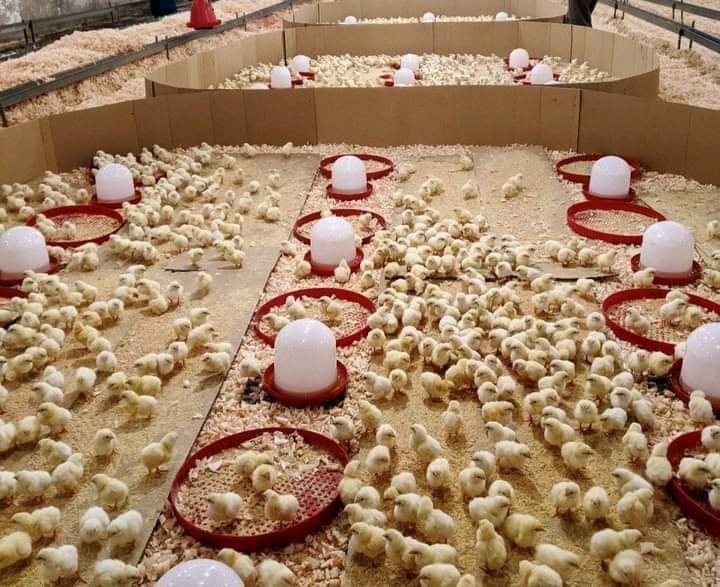Lemon is not a luxury item, it is a necessity that can be found in every household. And hence, demands are growing every year.
Lemon fruit farming can be highly rewarding if done properly. Ideally you can plant up to 150 orange trees per acre. Maximum production is only attained after your trees must have produced over 4 to 5 times. Each tree can produce over 100 kg at peak production
Grafted lemon seedlings take 2-3 years to start fruiting, and a single tree can produce up to 200-300 fruits per season by year 5. Prune the tree as it grows to achieve desirable shape and size. As a general rule; maintain a single stem and choose 3-4 main branches to form the framework of the tree.
A lemon orchard needs regular monitoring and implementation of preventative measures to deter disease/pest attack. Major diseases include; anthracnose, leaf spot, greening disease, damping off, canker and scab. Major pests include; fruit flies, thrips, citrus whitefly, mites, aphids, ants, black flies and false coddling moth.
When planting the seedling, the young tree should be lowered, and the polythene torn from around the tree. The compact earth should be covered/filled at the bottom and sides by the soil mixed with organic matter. A little depression at the top should be created for holding water.
Spacing should be such that it allows for maximum allowance for blossoming of the plants. Dwarf citrus trees require lesser spacing than standard sized trees. Dwarf trees are spaced 6 to 10 feet apart while standard trees require a spacing of 12 to 25 feet apart. This is necessary because as they grow, they take up more space.
The growth, development and production of citrus plant depends on the physical characteristics of the soil such as drainage, water-holding capacity, structure, soil depth, and the degree to which water can infiltrate the soil, among others. These characteristics however differ in the various soil types.
- Citrus can be grown in a wide range of soil types. However, for best results, they should be grown in well-drained soils, which are fertile, well-aerated and with a pH of between 6-6.5.
- Citrus trees should be planted in a sunny and wind-protected area, and in frost-free regions because they cannot tolerate severe frosts.
- They can tolerate high temperatures provided the trees are well supplied with soil moisture.
- Well-distributed annual rainfall of not less than 1000 mm is needed for fair crop.
Water supplied through rain or irrigation is absorbed by the fine particles in the soil and is therefore available for absorption by plant roots.
Oversaturation or waterlogging occurs in soils that have a layer which restricts the drainage of water.





